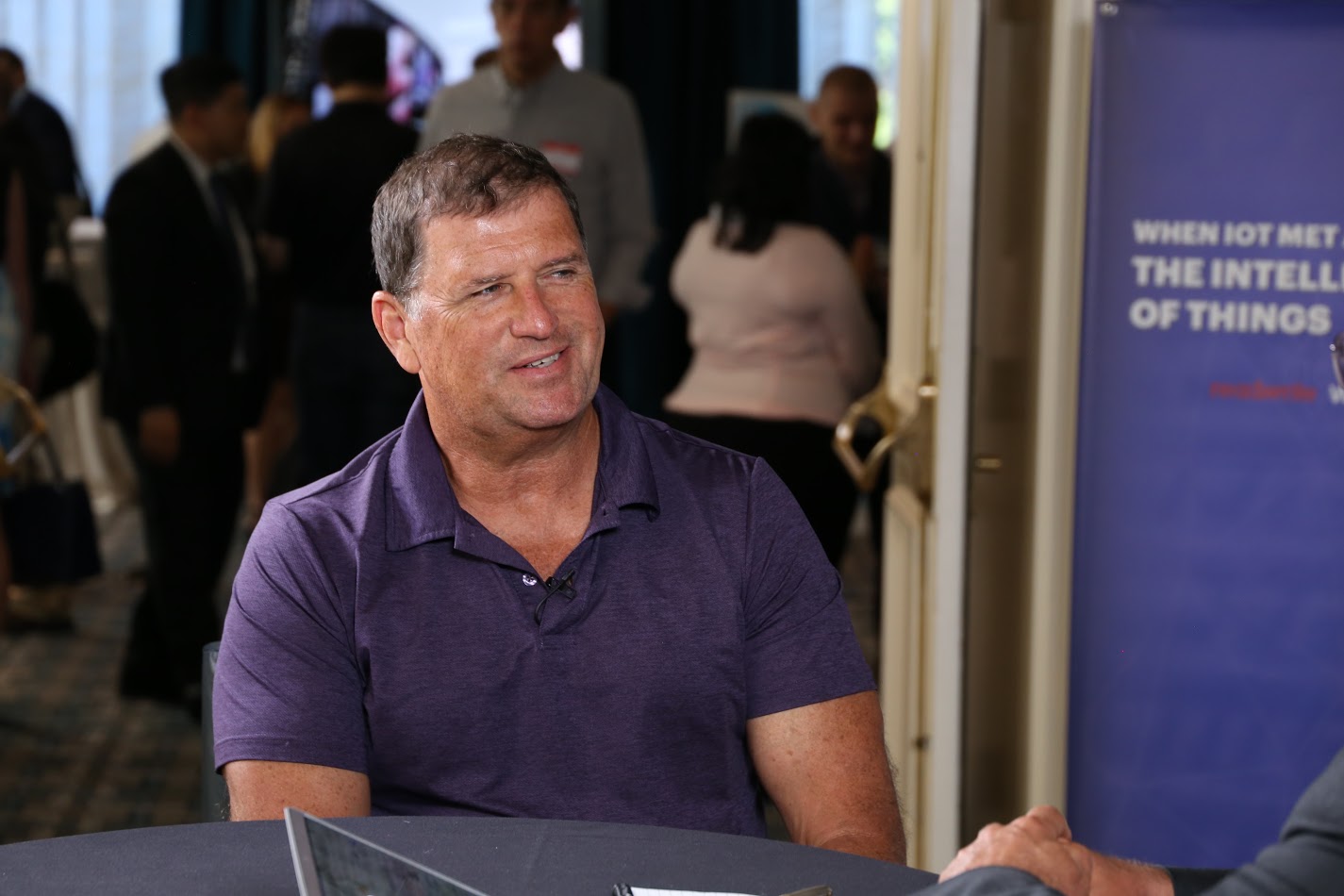 CLOUD
CLOUD
 CLOUD
CLOUD
 CLOUD
CLOUD
Woody Allen once said, “If you’re not failing every now and again, it’s a sign that you’re not doing anything very innovative.” And in an industry that thrives on innovation, many technology companies are providing employees with the room to fail, learn and invent the products and services of the future. One company’s “failure” in consumer virtual reality is leading to new discoveries within the gaming industry, as well as the Internet of Things market.
When Oculus VR LLC was developing its Oculus Rift VR gaming system, it created two kits for developer use. The kits were successful and led the company to the consumer market. When this happened, the company discovered that the customer preferred VR on their mobile device. This lesson brought about the realization that PC gaming market was not ready to invest in an expensive console, and Gear VR, a virtual mobile platform, was born.
“Now, worldwide for phone-mounted VR goggles, it’s about 20 million, and that’s just in two years, so that’s really intriguing. What has happened is [the market has] shifted away from an expensive PC-based rig for the computer to something that costs $50 and you just stick your cell phone in it,” said Jack McCauley (pictured), innovator in residence at University of California, Berkeley and co-founder of Oculus VR LLC. “That’s what has sold. And so if I were doing a startup right now, I would not be working on PC stuff; I’d be working on mobile stuff.”
McCauley spoke with Jeff Frick (@JeffFrick), host of theCUBE, SiliconANGLE Media’s mobile livestreaming studio, at the When IoT Met AI: The Intelligence of Things event in San Jose, California, to talk about the advances in VR and how he believes it will morph into new technologies.
This week, theCUBE spotlights Jack McCauley in our Guest of the Week feature.
Known as a lifelong tinkerer, McCauley designed the guitars and drums for the Guitar Hero video game series and went on to work as chief engineer at Oculus VR where he built the first Oculus Rift. He left the company in 2015 when Facebook snapped it up for approximately $2 billion dollars. These days he is acting as the innovator in residence at UC Berkeley.
Painting the picture of VR’s evolution, McCauley shed light on how Google pioneered the VR headset with the release of Google Glass, an optical head-mounted display designed in the shape of a pair of eyeglasses for mobile devices. The product did not do well on the market due to a variety of concerns, and it never made it out of the beta phase.
Google would not be deterred, however, and the company has moved on to VR180, which allows consumers to create 360-degree videos. And with Google’s latest Jump video camera, users can now produce 3D-360 videos at scale. The camera is the newest trend, according to McCauley.
“It looks like what is going to happen for VR is that … it’s a cell phone strapped to your face and a camera somewhere else that you can view and experience. … Imagine taking it to a concert or a sporting event where 5,000 people can view your video, 10,000 from your seat. That’s very intriguing,” McCauley said.
Noting that in the past this effort would require a $10,000 camera and a great deal of effort, now anyone can watch it with a mobile phone. McCauley sees this digital adventure taking off at live events and sporting events.
Another innovation in VR is the Microsoft HoloLens. Microsoft is still testing the HoloLens, which was the first holographic computer built into a headset that will offer customers the opportunity to engage and interact with holographic digital content through an augmented reality platform, McCauley explained. Using simultaneous localization and mapping technology, HoloLens builds a mesh of the world around you.
Describing how this technology can build upon IoT technology in autonomous vehicles, McCauley explained that in the past there was not enough compute power to make these technologies work.
“That was 10 years ago. Things have changed. But I think that the thing that will possibly come out of … this AR stuff is that localization is just going to be transported to other areas of technology and self-driving cars and so forth,” McCauley concluded.
Watch the complete video interview below, and be sure to check out more of SiliconANGLE’s and theCUBE’s coverage of the When IoT Met AI: The Intelligence of Things event. (* Disclosure: TheCUBE is a paid media partner for When IoT Met AI. Neither Western Digital Corp., the event sponsor, nor other sponsors have editorial influence on theCUBE or SiliconANGLE.)
THANK YOU